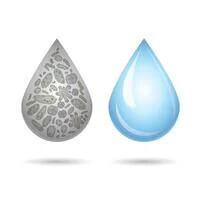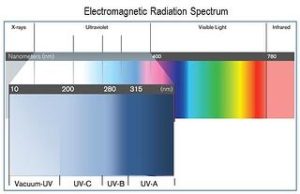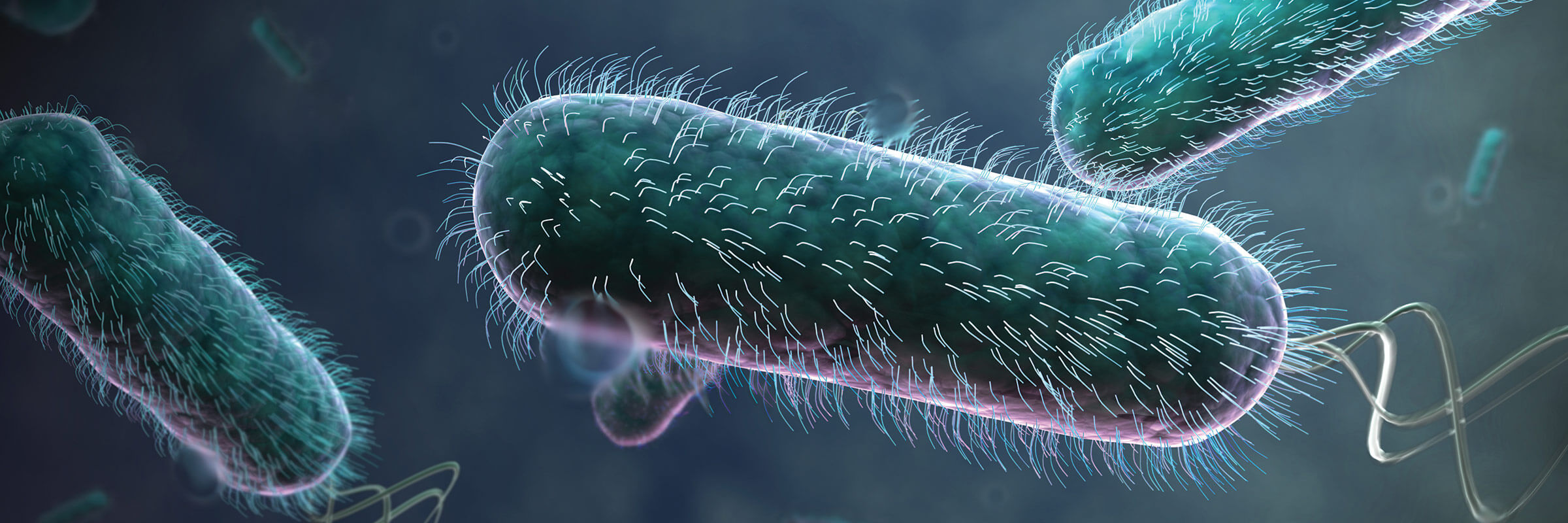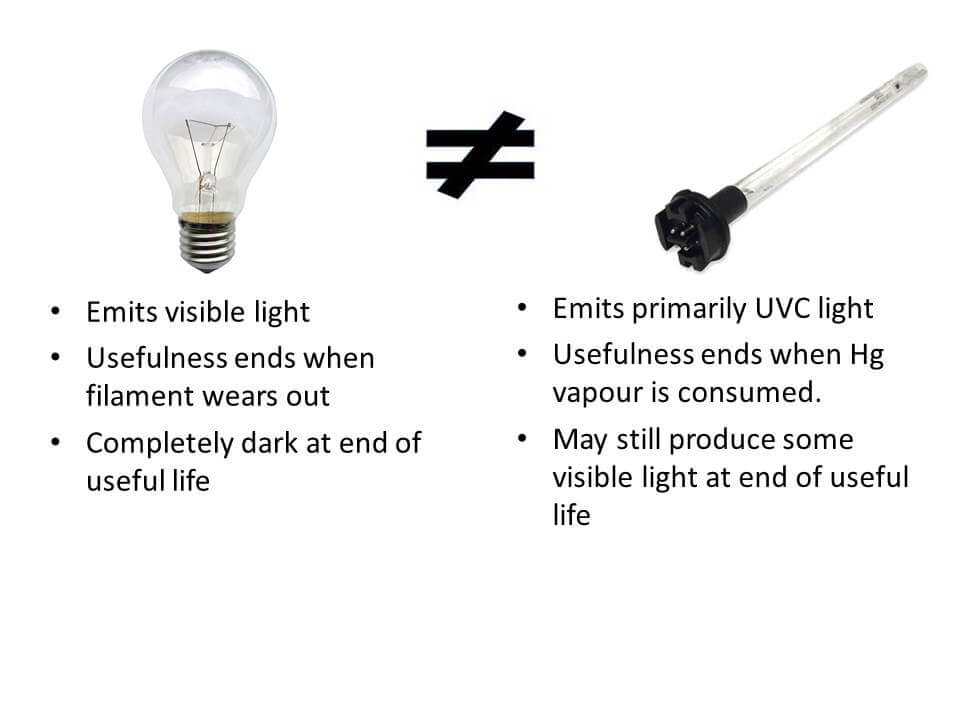Can You See If Your UV Lamp Is Still Working?
Ultraviolet (UV) light is electromagnetic radiation light just beyond the visible spectrum. That’s a very important point because it’s outside the visible light spectrum. UV light is invisible to the naked eye. You can’t see it!
A couple interesting points about UV light:
- It damages the DNA of microorganisms rendering them ineffective and unable to reproduce, essentially “inactivated”. That means it can protect you from microbes in drinking water.
- It’s invisible! So you can’t rely on seeing the blue glow from your home UV system’s lamp.
The UV lamp glows blue. What does that mean?
At best, it means your UV lamp is receiving power and treating your water. At worst, it means you’re relying on a UV lamp that is no longer producing enough UV-C energy to properly inactivate microorganisms your water. It depends on how long the lamp has been in operation.
With a UV lamp, electricity is passed through a tungsten filament causing it to heat up. The energy of this heat “excites” the mercury vapour* contained in the lamp which, in turn, gives off UV light. How long the UV lamp can treat water depends on the rate at which the mercury vapour is used up. For most residential UV lamps, the elapsed time is about 9000 hours, or one year of continuous use. After this time, you may very well still see the blue glow. Again, that’s more a sign that the lamp is still getting power and not an indication that your water is fully treated.
The countdown timer (available on many residential UV system models), will count down the useful life of your UV lamp, from 365 days when it is first installed. When it reaches zero and the alarm sounds, it is signaling that the lamp needs to be changed, even though you may see that familiar blue glow through the view port.
UV Light Inactivates Microorganisms in Water

The UV lamp is a critical component of your UV system, as it’s specifically the UV-C light it produces that inactivates the microorganisms in your water. As the water passes by the UV lamp, those UV-C rays are absorbed by any microorganisms in the water, altering their DNA, and making it impossible for them to reproduce or cause infection. So in this way, microbes like E.coli, Giardia, and Cryptosporidium are made harmless. Often this is referred to as inactivated, but rest assured inactivated is as good as dead!
Seeing Should not be Believing
There is an old adage that seeing is believing, which suggests you shouldn’t believe in something you can’t see. But when it comes to your UV system, you should believe in the power of UV light even though you can’t see it! And you shouldn’t believe your water is properly treated just because you can see the blue glow of the lamp.
*Not to worry, only a very small amount of mercury is used, typically <10 mg, and it’s contained!
Featured Posts
La primera planta piloto de reutilización de agua potable en Europa utiliza Trojan UV AOP
Trojan se enorgullece de formar parte del proyecto de purificación de agua AIGUANEIX del Consorci d'Aigües Costa Brava Girona Trojan Technologies se complace en compartir que formamos parte del proyecto piloto de reutilización de agua AIGUANEIX de la Diputació de...
First Potable Reuse Demo Plant in Europe uses Trojan UV AOP
Trojan is proudly part of the Consorci d'Aigües Costa Brava Girona’s AIGUANEIX water purification project Trojan Technologies is excited to share that we’re part of Diputació de Girona and Consorci d'Aigües Costa Brava Girona’s AIGUANEIX water reuse pilot project at...
Trojan Technologies Opens First U.S. Distribution Facility in Grand Rapids, Michigan
On March 3, 2025, Trojan Technologies celebrated the grand opening of its first U.S. distribution center in Grand Rapids, Michigan. This strategic expansion underscores the company's dedication to enhancing customer experience and optimizing the delivery of its...








